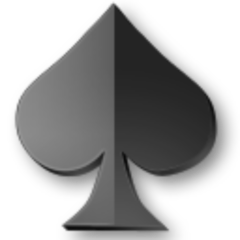Horse racing is one of the most popular spectator sports in the world. The thrill of the thundering hooves as they charge down the stretch is enough to make anyone’s day. The sport dates back to ancient civilizations, with archaeological records of chariot races in Egypt, Greece, and Rome. It also plays an important role in mythology and folklore, such as Odin’s contest with the giant Hrungnir.
While some race fans enjoy betting on horses to win, others just want to experience the equine spectacle for what it is. The sport is steeped in tradition, and attending a horse race, especially at one of the elite events such as the Kentucky Derby, can be just as much about the fashion as it is about watching the horses run. Ladies’ hats and dresses, men in suits, and of course, the ever-present mint julep are all part of the atmosphere at these events.
There are a variety of different types of horse races, but the most common type is an individual flat race. These are usually run over a distance of between five and twelve furlongs (1.0 and 2.4 km). Shorter races are generally known as sprints, while longer races are called routes in the United States and staying races in Europe. A good turn of speed is required in sprints, while long-distance races are a test of stamina.
The best horses are the best-conditioned, and trainers spend significant resources to ensure they will be ready to run on a given day. They use a process called race day fitness, which is an assessment of the horse’s physical condition, both from the track and in the starting gate. Trainers will also look at the overall health of the horse, and may make changes to their training regimen if necessary.
Some horse races are restricted to certain ages and genders, with male horses not permitted to compete against fillies and mares. Other races are graded, with higher-graded races offering more prize money. Some of the most prestigious races include the Prix de l’Arc de Triomphe, Melbourne Cup, Japan Cup, Epsom Derby, and Kentucky Derby.
Another type of race is a conditioned allowance race. These are open to horses who have won an earlier race that was not a claiming or starter allowance race. The further up the grade of the races go, the tougher the conditions. Races with the “two other than” designation, for example, are very difficult to fill. They are designed for horses who have not won two races that were not a maiden, claiming, or starter allowance race.
